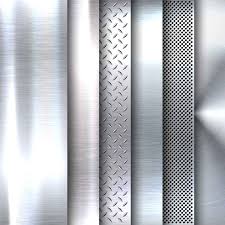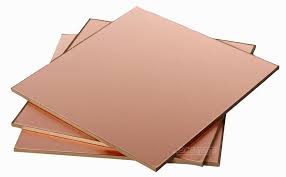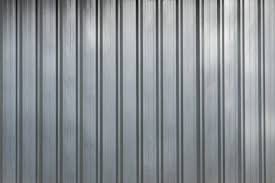Cladding

1. Aluminum Cladding
Aluminum Cladding is a popular choice in modern construction due to its lightweight yet strong properties, making it easy to handle and install while reducing structural load. It is naturally corrosion-resistant thanks to an oxide layer that forms on its surface, and it can be easily shaped through extrusion or casting, allowing for versatile design options. Being non-combustible and weather-resistant, it’s widely used in curtain walls for high-rise buildings, commercial facades, residential and retail panel systems, as well as shopfronts and interior partitions. Additionally, aluminum can be anodized or powder-coated to enhance its durability and aesthetic appeal, and since it is fully recyclable, it offers an eco-friendly cladding solution without compromising on performance.
2. Steel Cladding
Steel Cladding , available in both carbon steel and stainless steel varieties, is known for its exceptional durability and strength, making it ideal for demanding environments. It is often treated with protective coatings such as paint or galvanized zinc to prevent rust and extend its lifespan. Widely used in industrial buildings like warehouses and factories, as well as agricultural structures, cold storage facilities, and high-strength curtain wall support systems, steel cladding offers a cost-effective solution for large-scale projects. When properly maintained, it provides long-term performance and can be made fire-resistant through specialized coatings or treatments, enhancing safety in structural applications.

3. Copper Cladding
Copper Cladding is prized for its natural beauty and exceptional durability, developing a distinctive greenish-blue patina over time that enhances its visual appeal while providing a self-healing, protective surface. Highly resistant to corrosion and capable of lasting more than a century with minimal maintenance, copper is commonly used in iconic architectural applications such as church domes, monumental buildings, and heritage structures, as well as in luxury residential roofing and wall cladding. Its timeless aesthetic and long lifespan make it a premium choice that adds both value and prestige to high-end architectural projects.

4. Zinc Cladding
Zinc Cladding is a popular choice in contemporary architecture due to its unique ability to develop a protective, slate-gray patina over time, offering both aesthetic appeal and long-term durability. Known for its self-healing properties, minor surface scratches naturally repair themselves through chemical reactions, while its malleability allows it to be formed into intricate shapes and designs. Commonly used in modern buildings, green construction projects, and for roofing, façades, and rainwater systems, zinc requires minimal maintenance and eliminates the need for painting or additional coatings. It is also an environmentally friendly option, being fully recyclable and boasting a long service life, making it a sustainable and stylish cladding solution.

